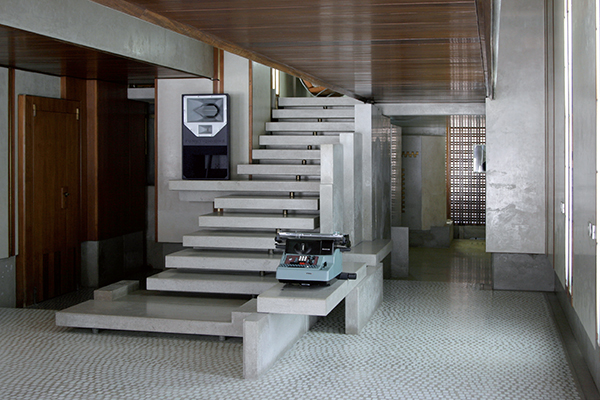For a new un-contemporariness
DOI:
https://doi.org/10.15168/xy.v1i1.13Abstract
The inescapable condition of “universal computerization” (or, if you prefer, “Global”) requires rapid adjustments and, in their way, fierce. The praise of the hand pronounced so many decades ago by Henri Focillon may today be for many pathetic. Architecture translates into a craft that can aspire to art without passing for a sheet of paper, replaced by cold and anonymous rendering guaranteeing the deathly precision of computerized representation. This is very suitable for a project activity intended as interchangeable production, as architectural goods. Paradoxically, this summary is housed in the pages of a prestigious journal that today is reborn in computer version – as they say – on line, expanding, however, its scope and, therefore, the thematic areas. For representation, beyond representation, and within the “life of shapes”. But, it seems to this writer, that the great tradition of building, the so–called “design culture” in all its forms and ramifications, should “still” be ascribed to the field of humanistic knowledge. As said by the Cistercian thought, and even by Alberti. Moreover, is not Vitruvius’ script one of the greatest legacies of classicism and thus humanism? We will not, then, ignore the Modern and indeed will search its deepest humanistic roots. That do exist, beyond the impatient liquidation of (historical) vanguard. To widen the observable horizon, we judge not without taking interest in “military forms” and their representation, historically and contemporarily, as an overlooked and rather attractive territory of inventive design.


